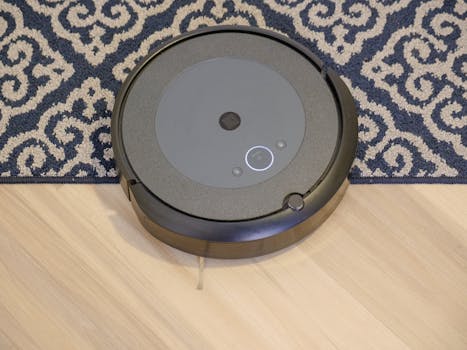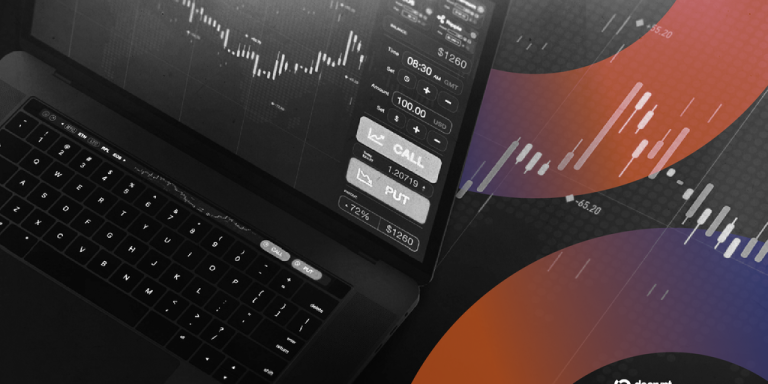
Smart Homes and Smart Living: The Technological Transformation of European Homes by 2025
Smart Homes and Smart Living are revolutionizing the way Europeans live, work, and interact with their homes. By 2025, it is expected that the majority of European homes will be equipped with smart technologies, transforming the living experience and creating a more efficient, convenient, and sustainable way of living.
Introduction to Smart Homes and Smart Living

Smart Homes and Smart Living refer to the integration of advanced technologies, such as artificial intelligence, Internet of Things (IoT), and data analytics, into home systems and appliances to create a more comfortable, secure, and energy-efficient living environment. These technologies enable homeowners to control and monitor various aspects of their homes, such as lighting, temperature, security, and entertainment, remotely and automatically.
Benefits of Smart Homes and Smart Living

The benefits of Smart Homes and Smart Living are numerous and significant. Some of the most notable advantages include:
- Increased energy efficiency and reduced energy consumption
- Enhanced home security and safety
- Improved convenience and comfort
- Increased property value
- Better health and wellness
Technological Transformation of European Homes by 2025

By 2025, the European home landscape is expected to undergo a significant transformation, with the majority of homes being equipped with smart technologies. Some of the key trends and technologies that will drive this transformation include:
- Artificial intelligence and machine learning
- Internet of Things (IoT) and smart devices
- 5G and high-speed internet connectivity
- Data analytics and cloud computing
- Smart home automation and control systems
Challenges and Opportunities

While the technological transformation of European homes by 2025 presents numerous opportunities, it also poses several challenges, such as:
- Cybersecurity and data protection
- Interoperability and standardization
- Cost and affordability
- Adoption and user acceptance
Conclusion

In conclusion, Smart Homes and Smart Living are transforming the European home landscape, creating a more efficient, convenient, and sustainable way of living. By 2025, the majority of European homes will be equipped with smart technologies, driven by advances in artificial intelligence, IoT, and data analytics. While there are challenges to be addressed, the opportunities presented by this transformation are significant, and it is expected to have a profound impact on the way people live, work, and interact with their living spaces.





